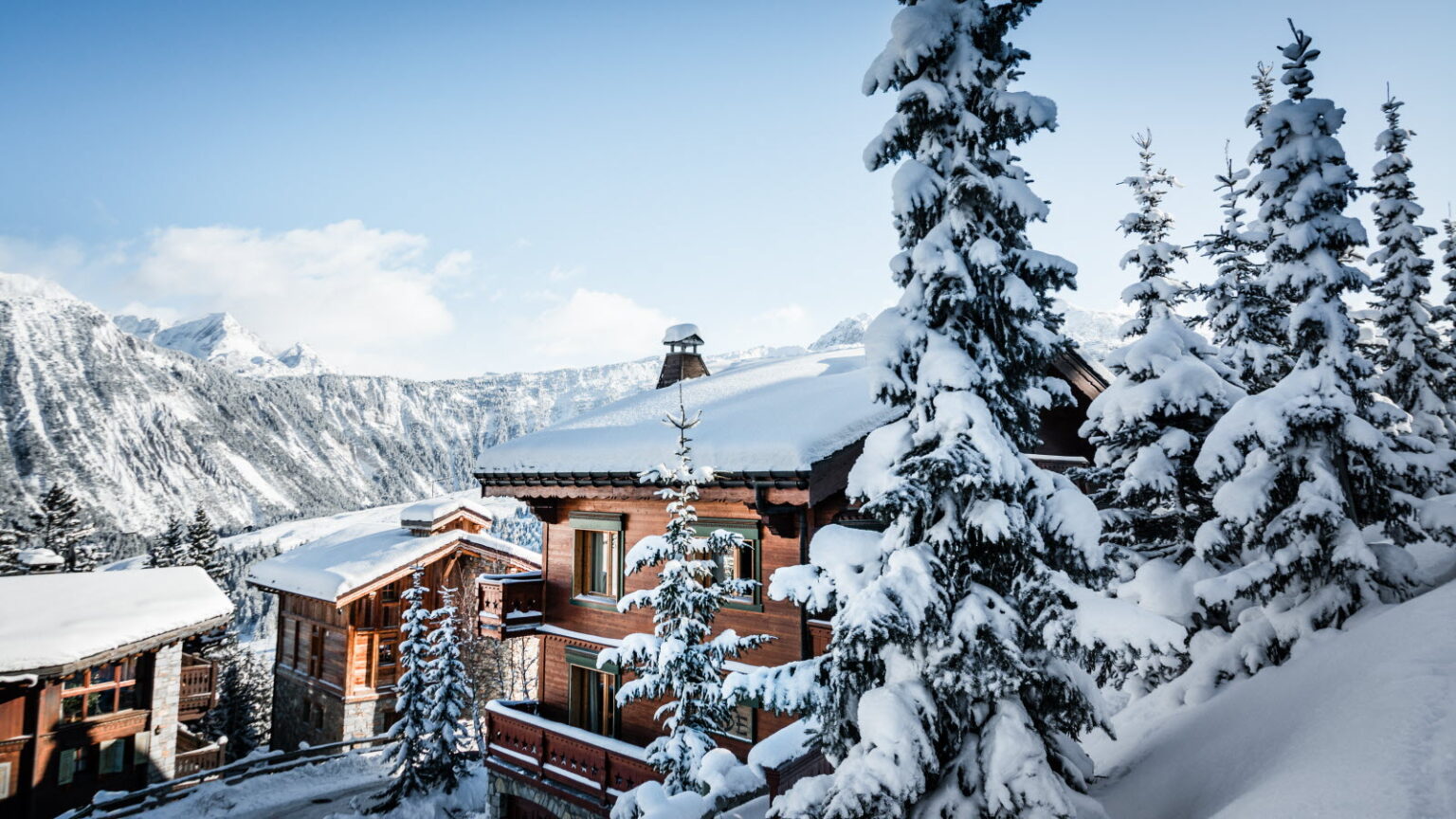With the winter holidays just around the corner, ski resorts are preparing to welcome thousands of holidaymakers, and with them a growing interest in mountain property. Yet behind the lure of snow-covered chalets and residences with views of the slopes, the mountain property market is undergoing profound changes. High prices, the impact of the climate, pressure on land: the annual study by the FNAIM paints a picture of a market that is as dynamic as it is demanding.
Prices per square metre in French ski resorts remain well above the national average. At €3,781 per square metre, compared with €2,931 per square metre in France, the difference is even greater for chalets and houses (€3,359 per square metre).
After a spectacular surge of +28 % between 2020 and 2023, driven by the post-Covid era and the attraction of second homes, the market is now experiencing a slight lull (-3 % over the last 18 months).
But the trend remains clear: buying in a ski resort is expensive, and even more so at altitude. In the Northern Alps, prices reach €4,957 per square metre, compared with just €1,578 per square metre in the Massif Central.
The more renowned and guaranteed snow resorts are, the more property prices soar. Over the last ten years, prices in high-altitude resorts have risen by +40 %, twice as much as in low-altitude resorts (+20 %).
Surfing in high-altitude resorts
This finding underlines the growing pressure for property development on the high peaks, to the detriment of mid-range mountain resorts, which are more vulnerable to climate uncertainty.
Global warming is shaking things up. While some low-altitude resorts are struggling to maintain their appeal, others have already drawn a line under their winter activities. Artificial snow may extend their lifespan, but it is not enough to reverse the trend.
READ MORE: Property: Which are the most expensive ski resorts in France?
Conversely, high-altitude resorts are attracting even more demand. With more snow and greater safety, they attract investors and skiers alike. This success is generating another problem: over-visiting. Alpe d'Huez has already tested visitor quotas, a measure that could well be extended to other resorts if the pressure becomes too great.
Despite these challenges, the mountain property market remains in good health. 5,465 transactions were recorded in the 71 Alpine resorts surveyed over the last 12 months, proof that the appeal of the mountains is not waning.
Altitude plays a role in prices
But the challenges are mounting. The challenge of energy renovation is particularly acute in resorts, where housing is often old and poorly insulated. Adapting to new climatic conditions requires massive investment, and local authorities have to juggle preserving the landscape, maintaining tourism and the ecological transition.
"Altitude is playing an increasingly decisive role in the dynamics of property prices in ski resorts, a trend amplified by climate challenges, stresses Loïc Cantin, Chairman of FNAIM. What's more, mountain communities face a crucial challenge in terms of energy renovation. We need to mobilise all the players to support this transition and preserve the appeal of our mountain regions.
READ MORE: Real estate: Why invest in a ski resort in France?
Mountain property continues to appeal, but with new trade-offs. Buying in a resort is becoming a gamble on the future: at what altitude? At what cost? What kind of weather guarantees? If snow continues to be scarce in the mid-range mountains, property prices in the highest resorts could soar even higher, reinforcing inequalities between regions.
Mountain real estate will inevitably have to adapt. In the face of climatic and economic change, striking the right balance between tourist appeal, accessibility and sustainability will be the major challenge of the next few years.
Price trends by mountain range :
+37 % in the Northern Alps
+25 % in the Pyrenees, Jura and Vosges regions
+6 % in the Massif Central
Quasi-equality in the Southern Alps

